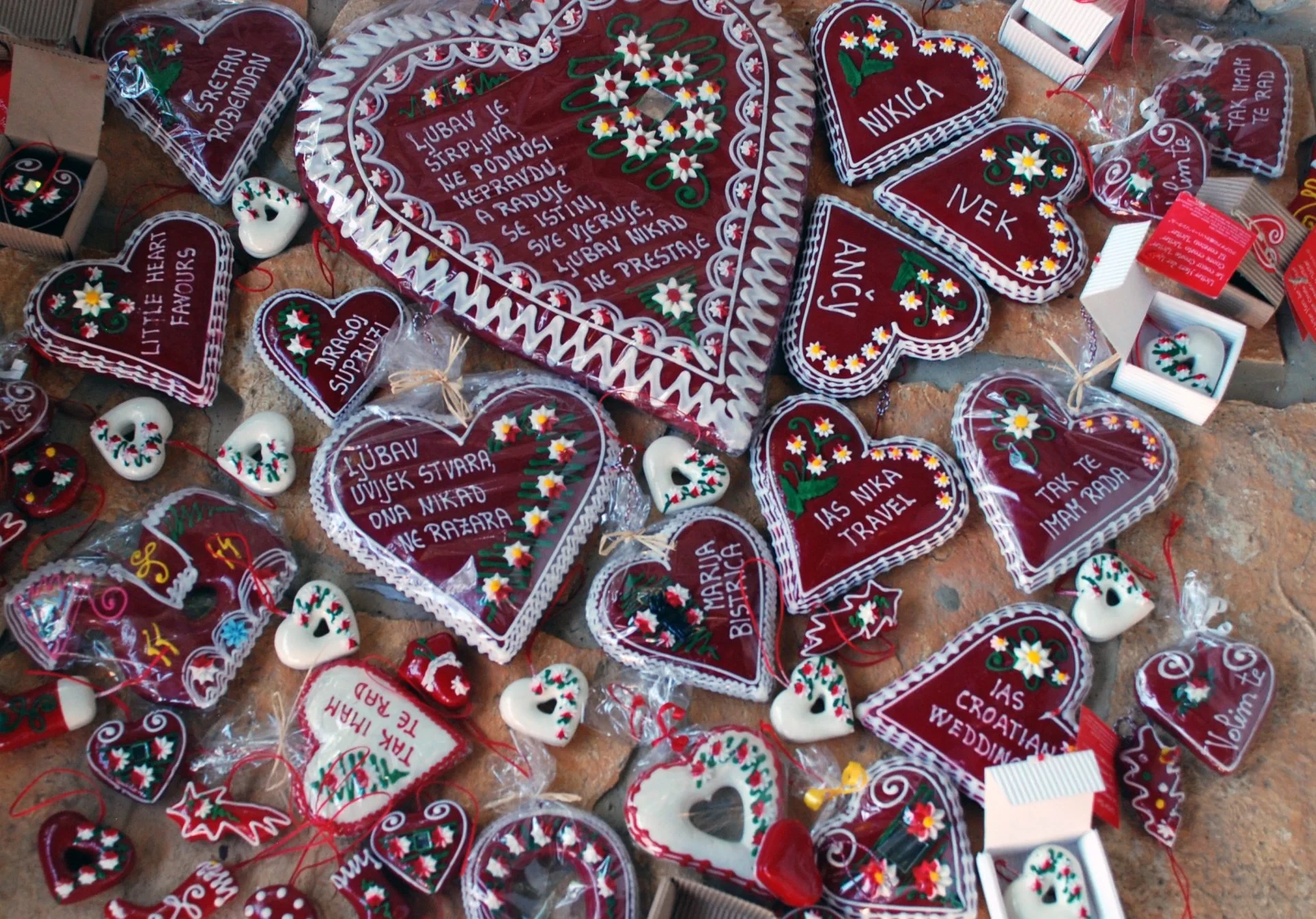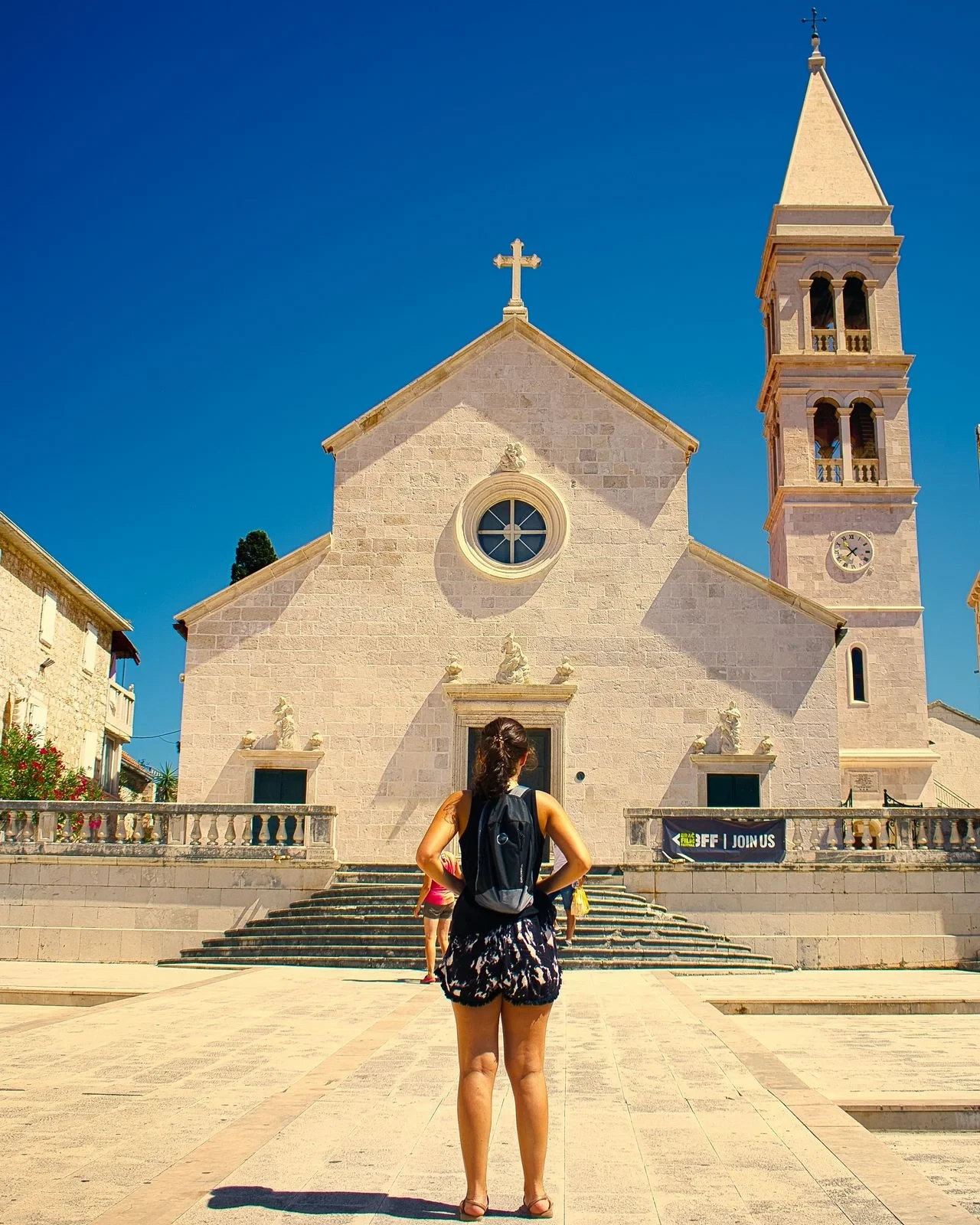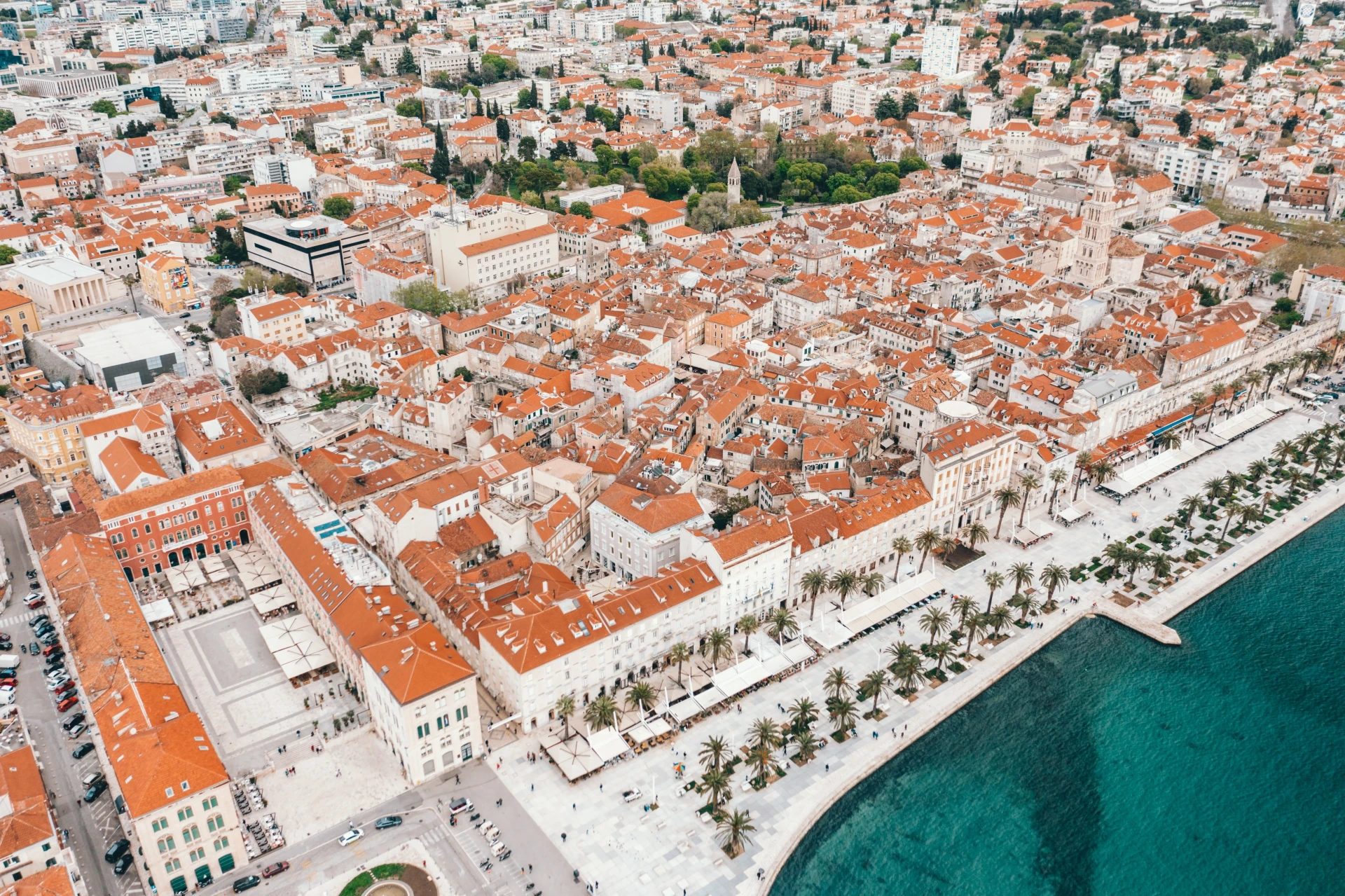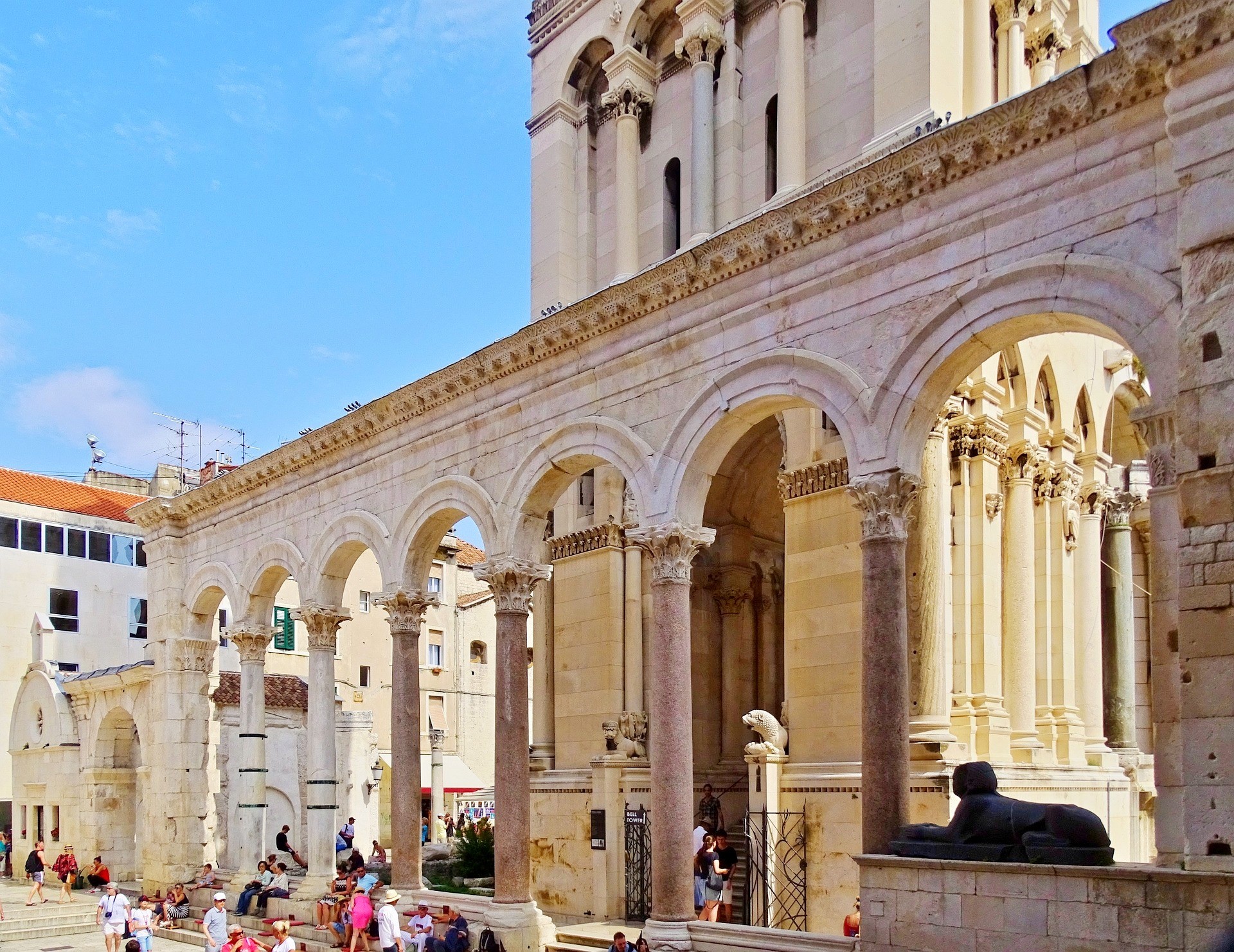When we love someone, we often say we give them our hearts. If you go on a Croatian vacation, you will discover a way to give your heart to loved ones by gifting them a licitar’s heart. Covered in red glaze, decorated with flourish patterns and packed in cellophane, licitar is a colourful, decorated sweet honey pastry traditionally made in continental Croatia. For centuries this biscuit was a way of expressing love and affection to those we love. Today licitar is on the UNESCO intangible cultural heritage list, which makes it not only one of the national symbols but also an indigenous Croatian souvenir that will remind you for a long time of your Croatian vacation.
Licitar - A Recipe That Is Jealously Kept As A Secret
The first licitar pastries were made in the Middle Ages. Through the 16th and 17th centuries, their production became famous thanks to the monasteries making licitars in their decorative sumptuous wooden moulds. This kind of pastry made in continental Croatia came from the Middle European countries such as Germany and Austria. People there still produce sweet, strongly seasoned pastries called Lebzelter or Lebküchler, from which derives the Croatian name licitar.
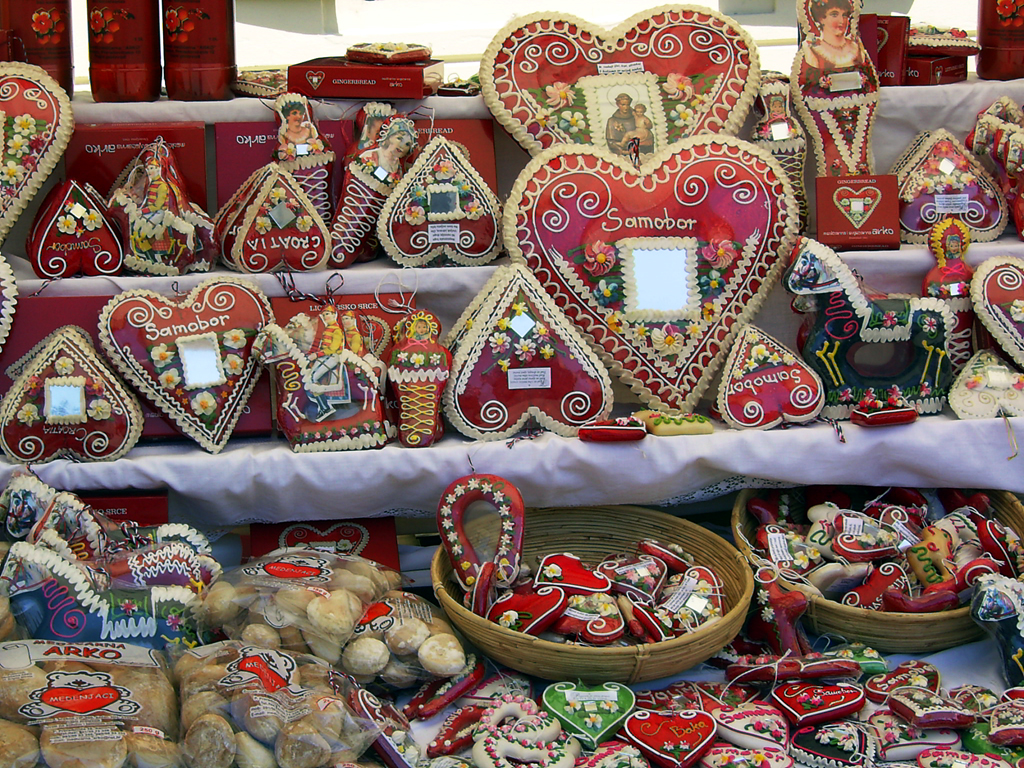
When the recipe for licitar came to Croatia, these little gingerbread-like cakes were made mainly by reputable artisans from northern Croatian cities like Zagreb, Karlovac, Vraždin and Samobor. Their recipe for making licitars was a jealously kept secret that they passed from one generation to another, together with the essential tool for their making: gingerbread moulds. Handmade in copper or galvanized in metal sheets, every mould was different. In that way, licitar makers could have a unique look at their pastries, making them recognizable among the customers. In addition to licitars, these craftsmen also made other gingerbreads, honey drinks or wax items that they sold at fairs and church festivities. Today many stands in Zagreb and the surrounding area are still recognizable by the vivid colours of licitars that lure you into buying this authentic Croatian souvenir.
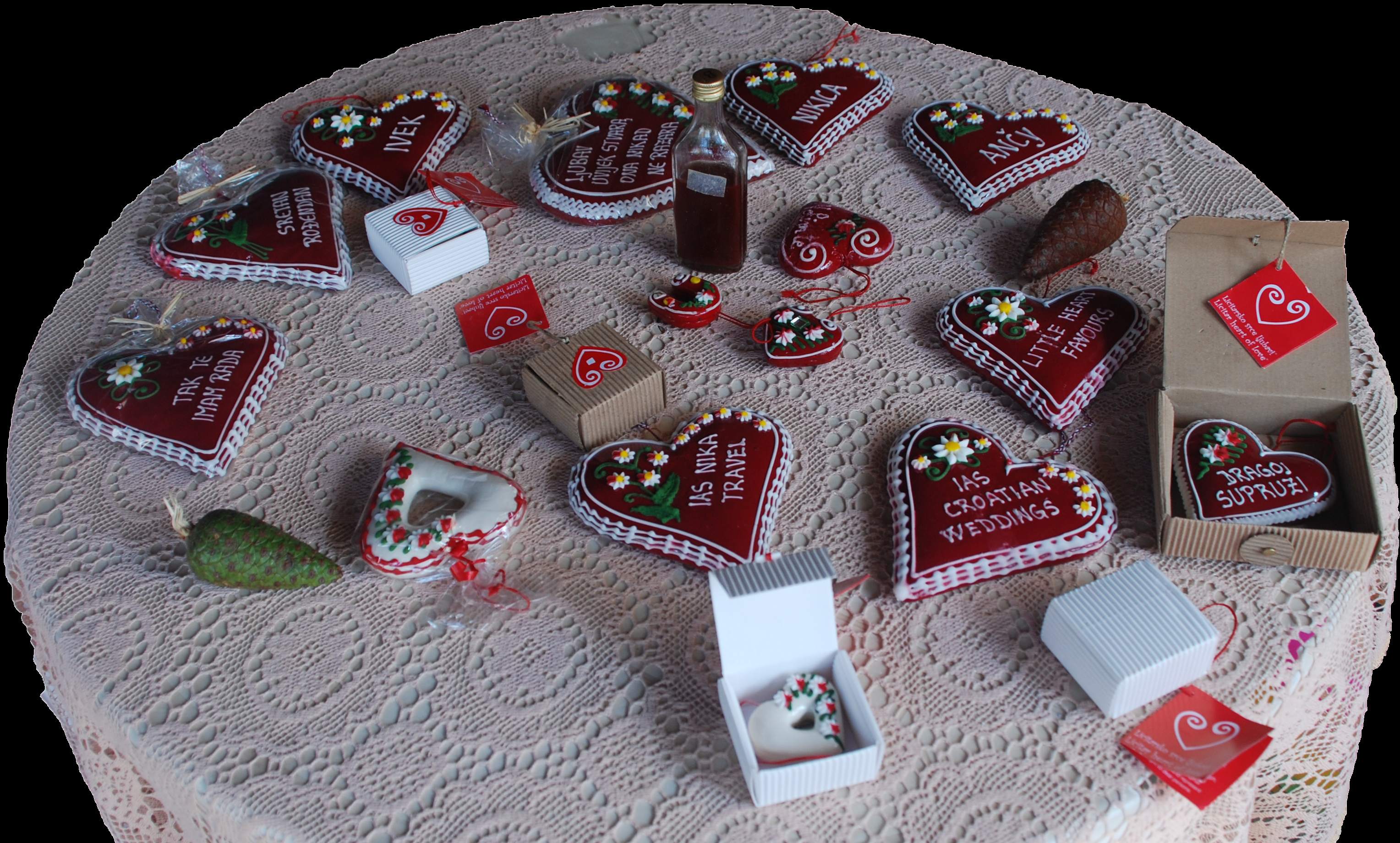
Ouch! A Sweet Pastry That Is Not For Eating
In a long tradition of producing licitar pastries in Croatia, artisans slowly added some unique features, such as the way of decorating or the recognizable bright red glaze. Thanks to these modifications, licitar biscuit became, over time, an authentic symbol not only of Zagreb and surrounding cities but of the whole of Croatia.
As the exterior of licitar is beautiful, most children cannot resist it. However, those who bite it remain uncomfortably surprised by its taste. Although each pastry is made from common ingredients such as potato flour, water, sugar, baking powder, and edible colours, licitar is not meant to be eaten. Why? Because the primary purpose of it is to keep fond memories. Thus, the licitar will last up to 15 years if stored under ideal conditions. In addition, today, more and more licitars are painted with tempera, varnish or even poly colour paint, so tasting them is optional.
A Secret Of The Mirror In The Middle Of The Licitar's Heart
Although licitar can take many forms: a horse, a bird, a mushroom, a horseshoe, etc., the most famous one is in the shape of a heart. The heart is preferable because of the custom that a young man presents it to the girl he likes. Externally coated with red glaze and flourish ornaments made of egg whites or boiled gelatin, the middle of the licitar heart is usually decorated with a small mirror that has a symbolic meaning. If you buy or receive a licitar heart, the first and most spontaneous move is to try to see your reflection in the tiny mirror. Looking at ourselves mirror is saying: ‘’Know yourself’’.
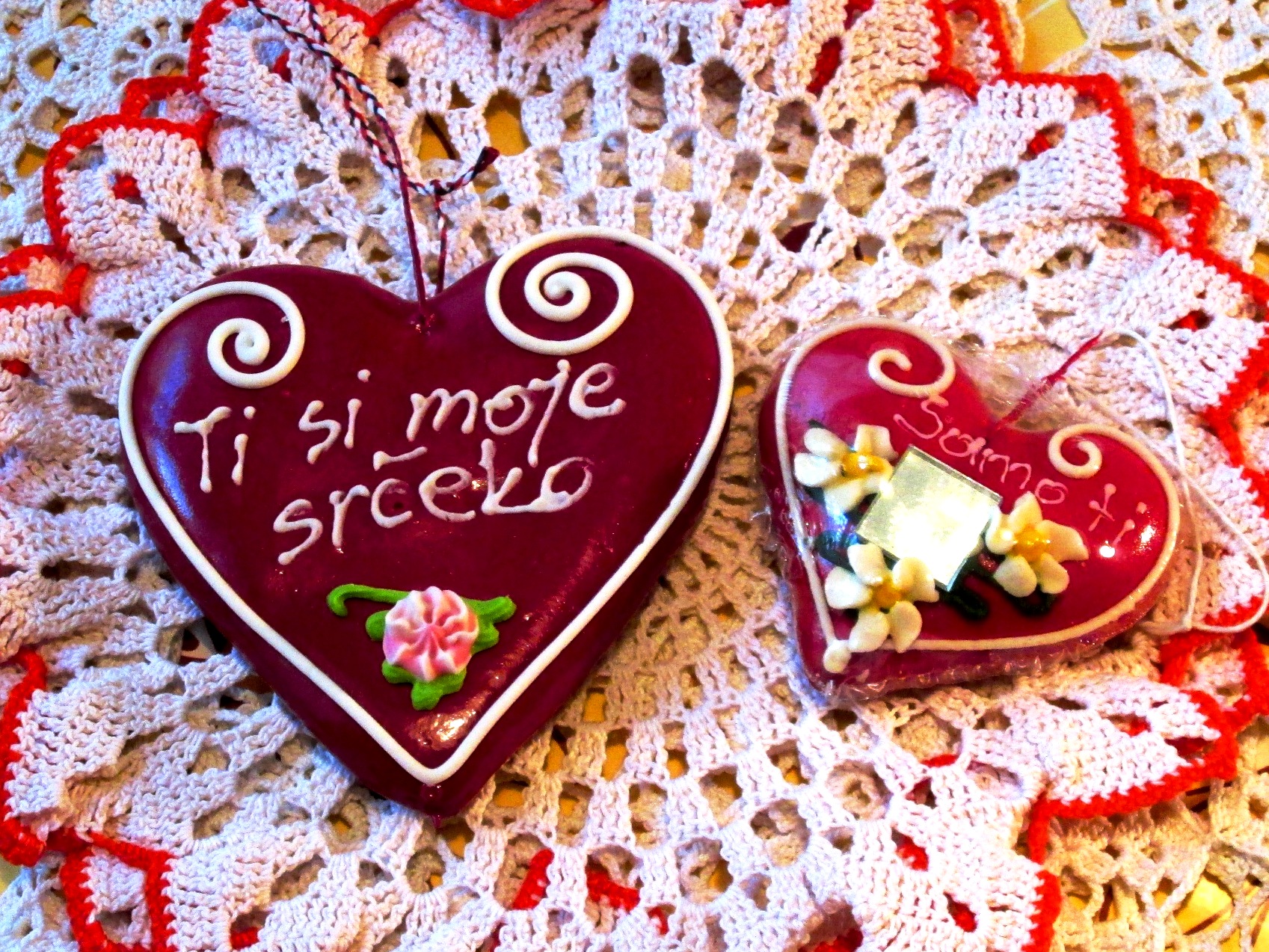
When a young man gives the girl a licitar heart, he will stand behind her. In that way, he will be the first she sees when she looks at it. She sees him, who has given her his heart, where there is only room for her. Along with the symbol of the tiny mirror, the licitar heart often has a message under it confirming romantic attachment with simple words such as I love you. However, the news varies occasionally and can range from humorous to even provocative. In doing so, the size of the heart itself does not matter and varies: from the tiny ones to the large ones ordered for special occasions such as weddings or baptisms.
Gift Them, Wear Them, Put Them On The Christmas Tree
Besides being gifted to the loved one, licitars can be a beautiful Christmas tree ornament. Once, Christmas decorations like this were trendy. Even though you won’t find them in an average Croatian household today, their different shapes, colourful decorations, and red colours still make them very appropriate and attractive holiday decorations.
As the licitar heart is one of the most authentic Croatian souvenirs, it can also be found in jewellery. There are jewellery stores that handmade gold and silver pendants, earrings and bracelets according to the motif of this famous pastry. In that way, anyone who comes to Croatia can bring a souvenir of lasting value with them.
Where To Find This Authentic Croatian Souvenir?
Suppose you visit any of the cities in northern Croatia, such as Zagreb, Samobor or Varaždin. In that case, there is a good chance you will find the artisans at stands with authentic homemade products, souvenir shops or traditional gift shops. It is also possible to order a licitar online.
Although in 2010 UNESCO included the production of Croatian licitars on its list of protected intangible cultural heritage, fewer and fewer people are engaged in their traditional production. Keep in mind that buying this authentic Croatian souvenir directly from craftsmen during your Croatia Villa Holidays helps small family businesses who have decided to continue the tradition. Once you buy it you can keep it for yourself or gift it to someone you love. The decision is up to you. What would it be? :)
